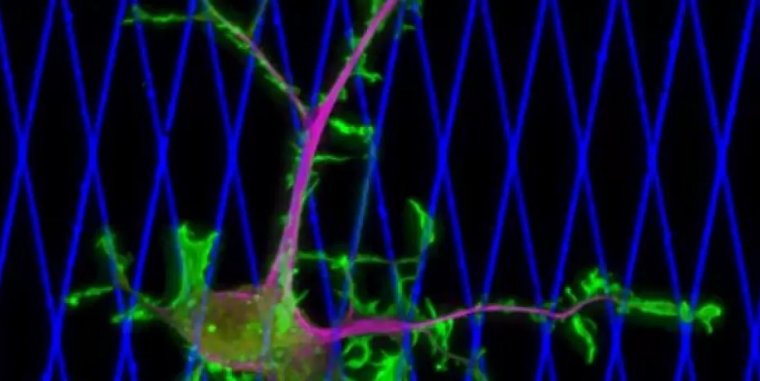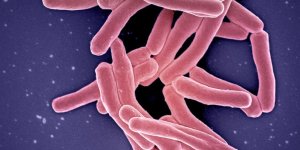| Health / Health News |
Mechanics of breast cancer metastasis discovered, offering target for treatment
The most lethal feature of any cancer is metastasis, the spread of cancer cells throughout the body. New research, led by Penn State, reveals for the first time the mechanics behind how breast cancer cells may invade healthy tissues.

New research reveals the mechanics behind how breast cancer cells may invade healthy tissues. Photo: Erdem Tabdanov
The discovery, showing that a motor protein called dynein powers the movement of cancer cells in soft tissue models, offers new clinical targets against metastasis and has the potential to fundamentally change how cancer is treated.
"This discovery marks a paradigm shift in many ways," said Erdem Tabdanov, a pharmacologist at Penn State and a lead co-corresponding author on the study.
"Until now, dynein has never been caught in the business of providing the mechanical force for cancer cell motility, which is their ability to move themselves. Now we can see that if you target dynein, you could effectively stop motility of those cells and, therefore, stop metastatic dissemination."
The researchers used live microscopy to watch the migration of breast cancer cells in two different systems modeled after the human body.
The first system, a 2D network of collagen fibers, revealed how cancer cells move through an extracellular matrix that surrounds tumors and showed that dynein was key.
The second system was a 3D model developed by a team led by Amir Sheikhi, a chemical and biomedical engineer at Penn State.
This system was designed to mimic soft tissue using a network of microscopic hydrogel particles or microgels linked together in tumor-like shapes.
Like in the 2D model, the researchers found in the 3D model that dynein was "indispensable" in the spread or metastasis of cancer cells.
"Using these three-dimensional models that partially mimic a tumor, we discovered that if we block the dynein, the cancer cells cannot effectively move and infiltrate solid tissues," Sheikhi said.
"In both models, we found that dynein is extremely important for cell locomotion, which suggests a whole new method for cancer management. Instead of killing the cancer cells with radiation or chemotherapy, we are showing how to paralyze them.
"This is great news because you don't really have to kill the cells, which is a harsh approach that targets both cancerous and healthy cells. Instead, you just must stop the cancer cells from moving." (U.S. National Science Foundation)
YOU MAY ALSO LIKE





